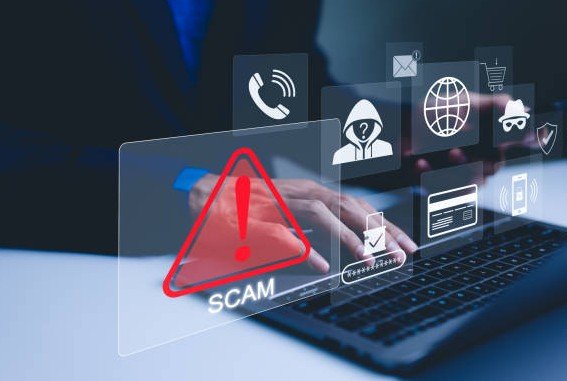Singapore has taken a firm stand against rising government impersonation scams by ordering tech giants Google and Apple to add safeguards to their messaging apps. This move, announced on November 25, 2025, aims to stop scammers from faking official identities on iMessage and Google Messages, following a sharp increase in such frauds that nearly tripled in the first half of the year.
Surge in Government Impersonation Scams
Scams where fraudsters pretend to be government officials have exploded in Singapore this year. Police reports show these cases jumped from about 589 in the first half of 2024 to 1,762 in the same period of 2025. Victims lost a staggering $126.5 million, highlighting the urgent need for action.
This rise ties into a broader wave of online fraud across the region. Experts point to advanced spoofing techniques that let scammers mimic trusted sources like postal services or banks. Many victims fall for urgent messages claiming issues with accounts or deliveries, leading to quick transfers of money.
The impact goes beyond finances. People feel less safe online, and trust in digital communication drops. Singapore’s government sees this as a threat to public confidence in official channels.

Details of the New Directives
The Singapore Police Force issued orders under the Online Criminal Harms Act on November 24, 2025. Google and Apple must roll out changes by November 30 to prevent spoofing of gov.sg sender IDs and agency names.
Key requirements include blocking fake names in accounts and group chats. The companies also need to make sure unknown senders’ phone numbers stand out more than any profile names. This helps users spot potential risks right away.
Both firms have agreed to follow through. Officials say these steps build on earlier actions, like similar directives to Meta for Facebook in September 2025.
How the Measures Will Work
In practice, the updates mean iMessage and Google Messages will filter out suspicious content. For example, if a message comes from an unknown number claiming to be from a government body, the app will hide or downplay the fake name.
Users might see alerts or prompts to verify senders. This draws from global tech trends, where apps like WhatsApp already use end-to-end encryption with added scam filters.
To show the scope, here is a simple table of recent scam trends in Singapore:
| Year Period | Number of Cases | Total Losses (SGD) |
|---|---|---|
| First half 2024 | 589 | Not specified |
| First half 2025 | 1,762 | 126.5 million |
These numbers come from police data and underline why quick fixes matter.
Broader Efforts to Fight Scams
Singapore is not stopping at tech orders. The government has pushed for tougher laws, including caning as a punishment for scammers since early November 2025. This follows losses nearing $4 billion from online fraud since 2020.
Banks and telecom firms now share blame if they fail to protect customers. For instance, new rules make them pay victims if basic safeguards are ignored.
Related events include warnings about scams impersonating telecoms like M1 or regulators like the Monetary Authority of Singapore. Victims lost $362,000 in such cases just since September 2025.
These steps fit into a global push against cybercrime. Countries like Australia have explored ID checks for apps, while India battles call center frauds that cost billions.
Advice for the Public
People can protect themselves by staying alert. Always check official websites or call verified numbers instead of responding to unsolicited messages.
Here are some quick tips to avoid falling victim:
- Update your messaging apps regularly for the latest security features.
- Never share personal details or money with unknown contacts.
- Report suspicious messages to police right away.
- Use two-factor authentication on all accounts.
Experts recommend educating family, especially older adults who are common targets.
What This Means for the Future
This order could set a precedent for how governments work with tech companies on security. As scams evolve with AI and deepfakes, more collaborations might follow.
In the end, these measures aim to restore trust in digital tools. Readers, what do you think about Singapore’s approach? Share your thoughts in the comments and pass this article along to help others stay safe.








